From Châteaux to Villas: Exploring the History of French Luxury Homes
France has long been synonymous with architectural grandeur and opulent residences. From medieval fortresses to Renaissance palaces and modern coastal villas, the evolution of French luxury homes tells a fascinating story of power, prestige, and aesthetic refinement. This article explores how these grand residences have transformed over the centuries, the key figures behind them, and the enduring influence of their architectural styles on modern luxury living.
Medieval Beginnings: Fortresses of Power
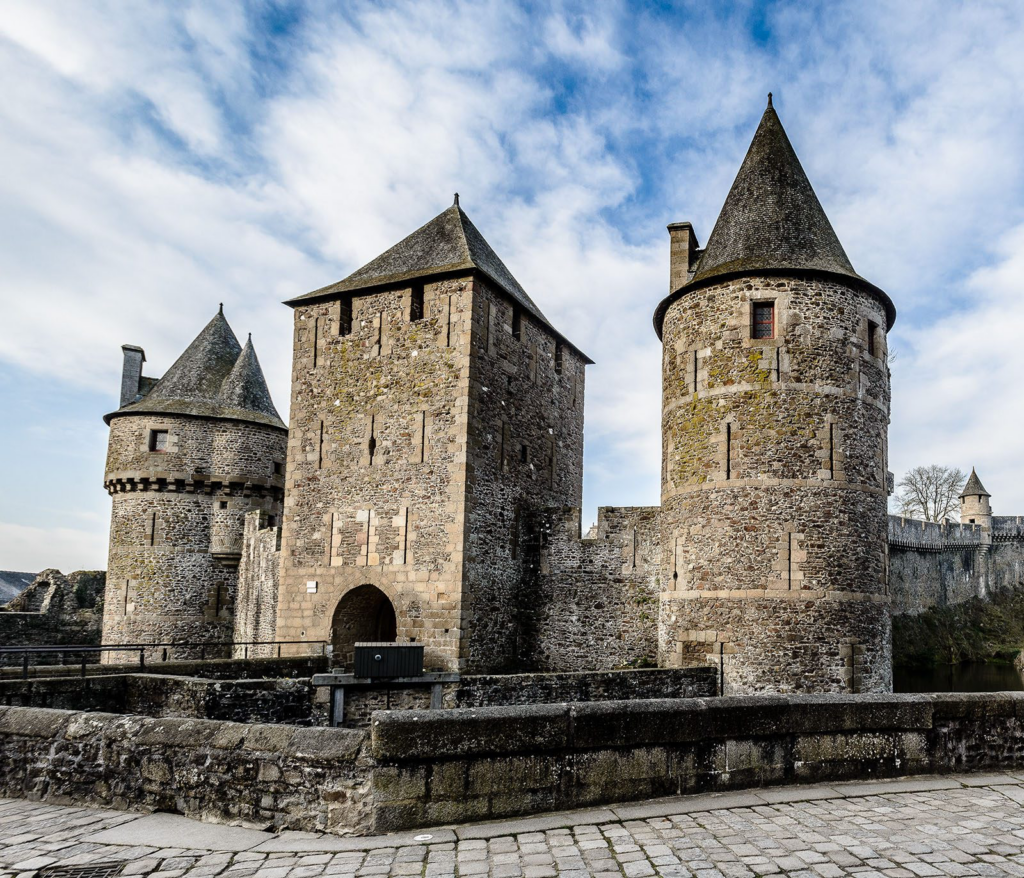
Image Source: Fabuleux Chapeaute Fougeres
The origins of luxury homes in France lie in its medieval châteaux, which were primarily fortified castles designed to protect noble families and their estates. These structures, such as Château de Vincennes and Château de Fougères, were built with thick stone walls, moats, and defensive towers. Though stark in appearance, they often housed opulent interiors, with intricate tapestries, grand fireplaces, and towering banquet halls symbolising wealth and influence.
While medieval castles were primarily military strongholds, some evolved into more lavish residences as peace became more widespread. The Château de Langeais, for example, retains its fortress-like exterior but boasts elegant interiors fit for royalty. Over time, the need for heavy fortifications diminished, allowing architects to focus more on comfort and aesthetic grandeur.
The Renaissance Influence: A Shift to Elegance

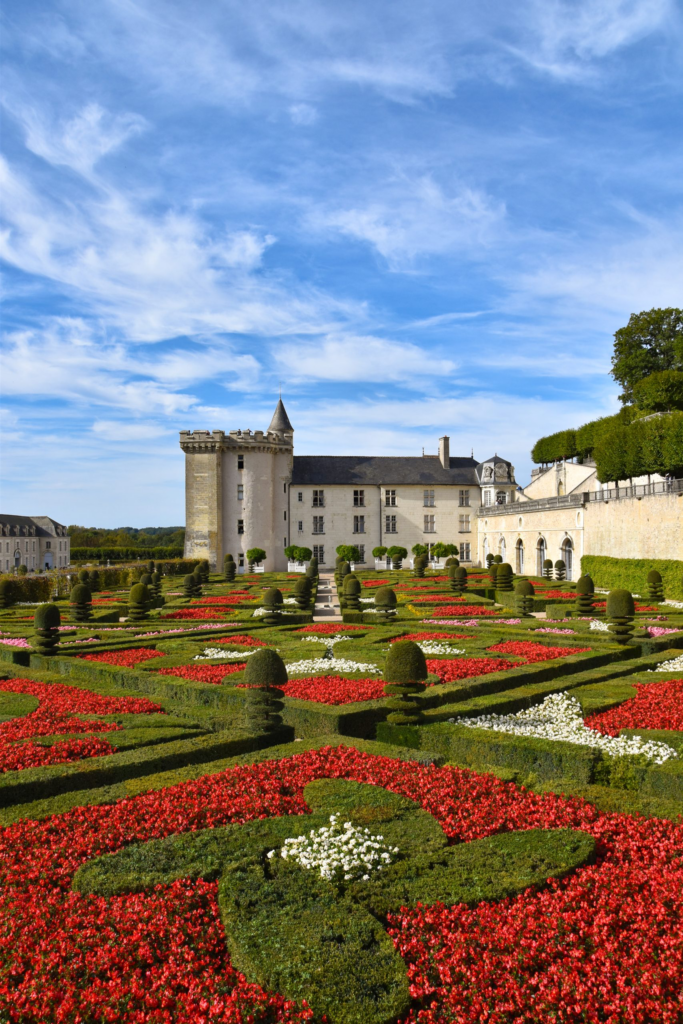
Images sources: Chambord & Chateau Villandry
With the dawn of the Renaissance in the 15th and 16th centuries, French luxury homes evolved from purely defensive structures into architectural masterpieces that celebrated art and culture. This period saw the rise of Château de Chambord, commissioned by King Francis I and influenced by Italian Renaissance styles. Characterised by symmetrical facades, ornate detailing, and elaborate gardens, these homes became statements of sophistication rather than fortification. The influence of Leonardo da Vinci, who lived in France during this period, can be seen in the engineering brilliance of these estates.
This era also introduced the concept of the French formal garden design, seen in estates like Château de Villandry. Landscape architecture became an integral part of luxury residences, designed to reflect harmony and order. These meticulously maintained gardens would later influence the grand estates of the 17th and 18th centuries.
The Age of Versailles: The Birth of Extravagance
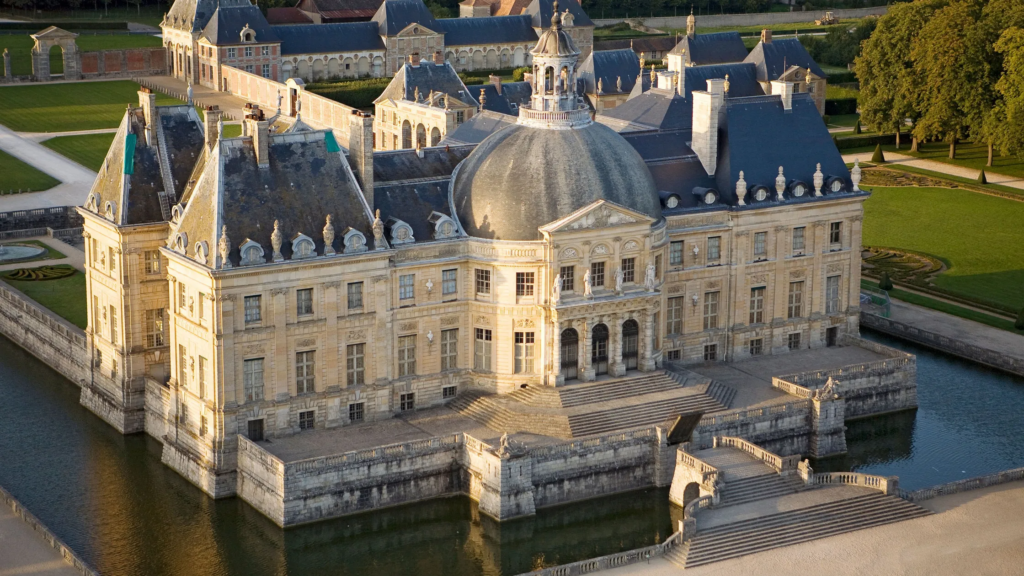
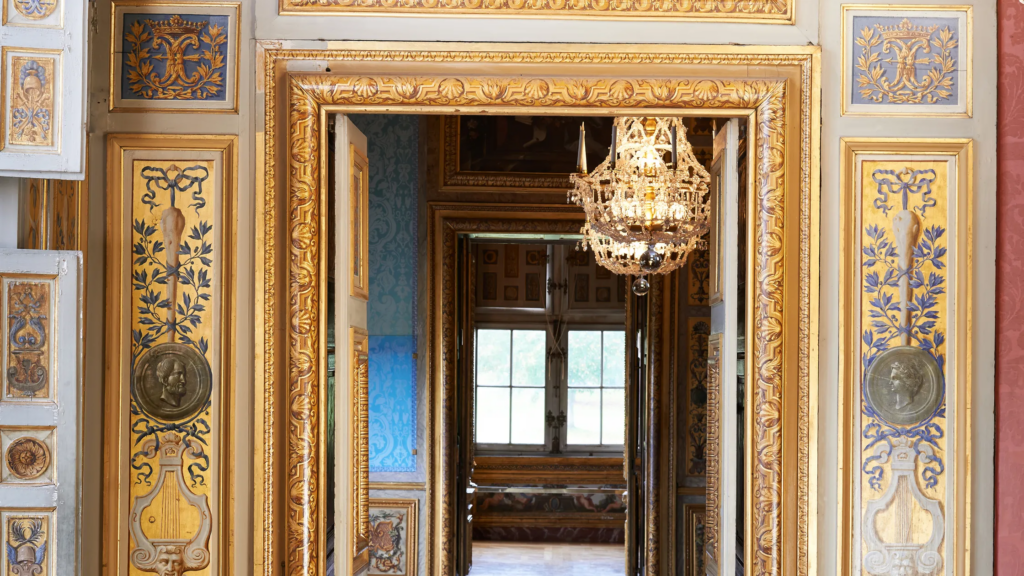

Images source: Conde Nast Traveler
The 17th and 18th centuries marked the pinnacle of French architectural grandeur, exemplified by Château de Versailles. Built under the reign of Louis XIV, Versailles redefined luxury with its Hall of Mirrors, extensive gardens designed by André Le Nôtre, and lavish Rococo interiors. This era also saw the rise of Château de Vaux-le-Vicomte, which influenced the architectural vision of Versailles. Nobility across France sought to replicate the opulence of the royal court, resulting in grand estates with sprawling gardens and gilded interiors.
French aristocracy competed to create the most magnificent estates, resulting in gems such as Château de Chantilly, known for its impressive art collection and stunning landscaped grounds. Many of these homes became cultural centres, where intellectuals, artists, and musicians gathered to engage in the flourishing French artistic movements of the time.
19th Century: Haussmannian Paris and the Riviera Retreats
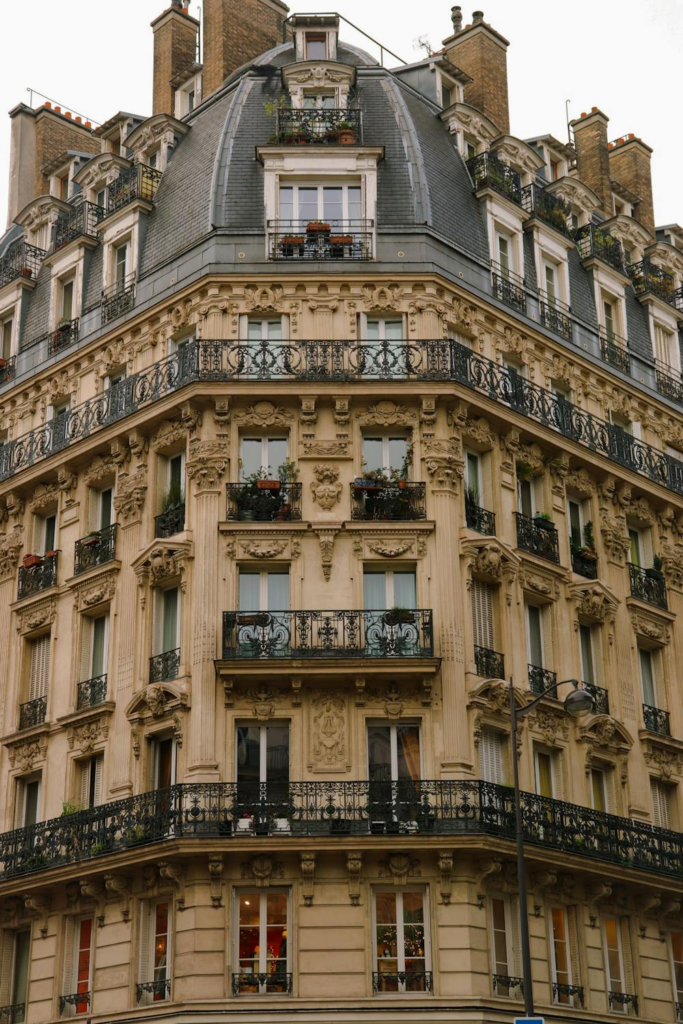
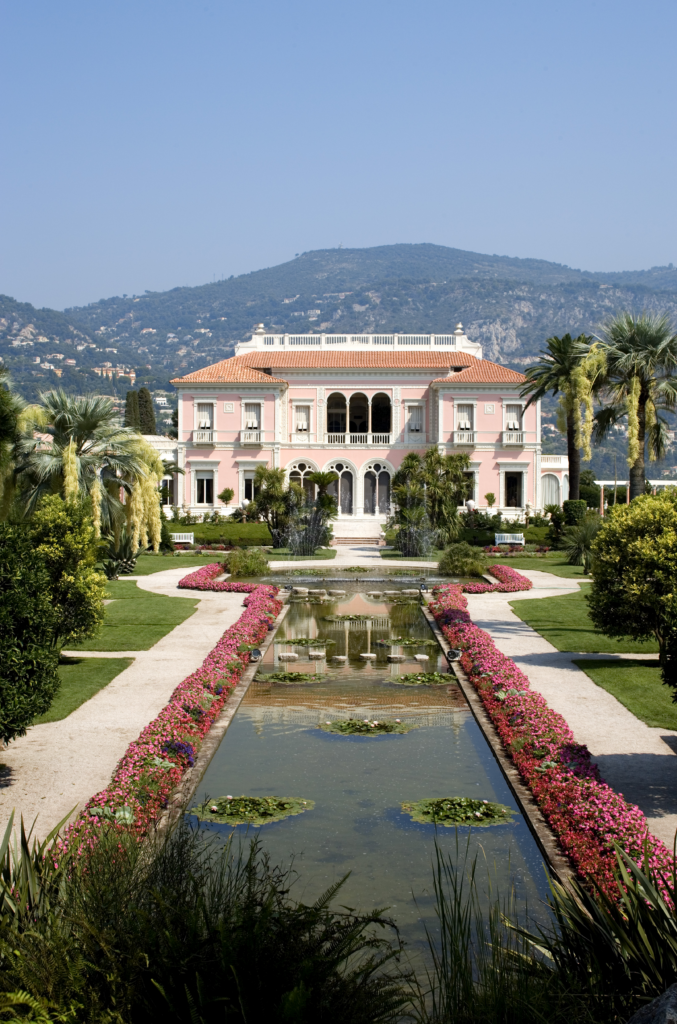
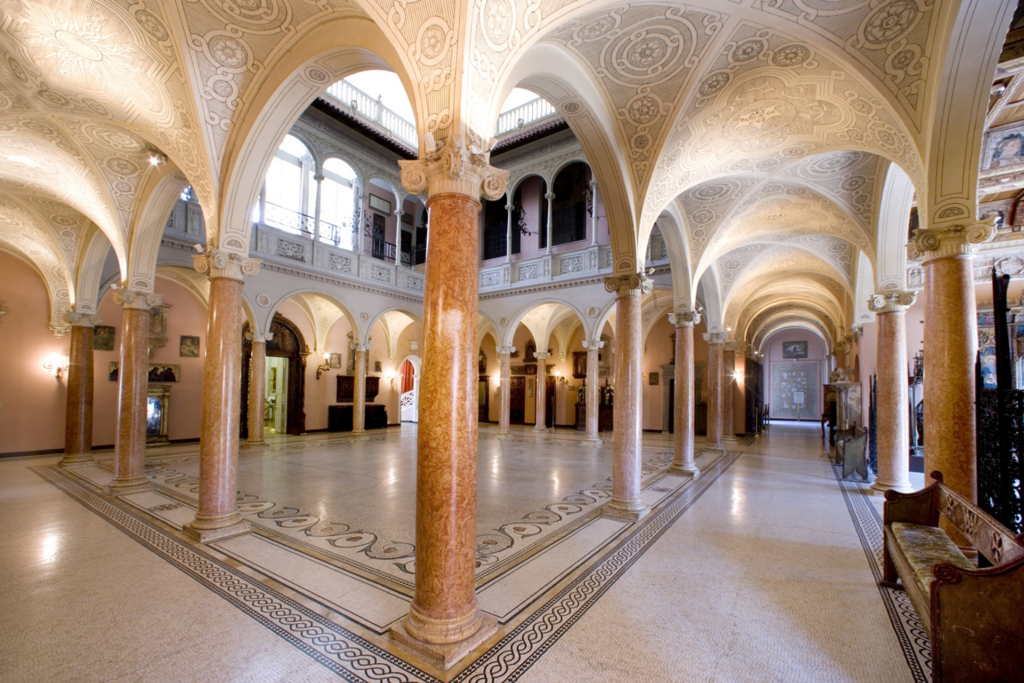
Image Source: Explore Cote d’Azur
The 19th century saw two distinct trends in French luxury homes: the transformation of Paris under Baron Haussmann and the emergence of coastal retreats along the Riviera. Haussmann’s urban renewal project introduced grand boulevards lined with Haussmannian apartments, featuring wrought-iron balconies, high ceilings, and elegant facades that still define Parisian luxury today.
Meanwhile, the French Riviera became a haven for aristocrats and industrialists. Opulent seaside villas, such as Villa Ephrussi de Rothschild, embraced Belle Époque glamour, with pastel-coloured facades, neoclassical columns, and panoramic sea views. This period marked the beginning of the villa as a symbol of leisure and elite escapism.
Prominent figures, including Russian and British nobility, established lavish winter retreats along the Mediterranean, drawn by the region’s mild climate and picturesque landscapes. The construction of the Grand Hôtel du Cap-Ferrat further solidified the Riviera’s status as a destination for the world’s elite.
20th Century: The Modernist Influence and Coastal Chic
The 20th century brought radical shifts in architectural style, influenced by modernist principles and a new approach to luxury. Renowned architects like Le Corbusier pioneered minimalist and functional designs, seen in homes such as Villa Savoye. Meanwhile, the Riviera continued to attract the world’s elite, with Hollywood stars and designers investing in ultra-chic coastal villas.
During the mid-century, the concept of the luxury villa expanded beyond aristocracy, becoming the preferred retreat for artists, celebrities, and high-net-worth individuals. Villas were no longer mere status symbols but sanctuaries of privacy, comfort, and avant-garde design. Estates such as Villa La Mauresque, once owned by writer Somerset Maugham, became legendary gathering places for literary and artistic circles.
In the post-war period, iconic figures such as Pablo Picasso, Coco Chanel, and Elizabeth Taylor frequented the Riviera, further cementing its reputation as a glamorous retreat. The design of luxury homes reflected a shift towards sleek modernism, with open-plan living spaces, expansive terraces, and large windows capturing the breathtaking views of the Mediterranean.
Contemporary French Luxury Homes: The New Standard of Prestige
Today, French luxury homes blend historical grandeur with modern innovation. The trend leans towards contemporary villas that prioritise sustainability, seamless indoor-outdoor living, and bespoke design. Properties in locations like Saint-Tropez, Cap Ferrat, and Cannes showcase infinity pools, floor-to-ceiling glass walls, and architectural designs that harmonise with nature.
Notable examples include the high-profile estates of billionaires and celebrities, where cutting-edge technology meets classical elegance. Similarly, contemporary architectural firms are redefining what it means to own a luxury home in France, incorporating smart-home technology and eco-friendly features that reduce environmental impact without compromising on opulence.
The resurgence of historical renovations has also gained popularity, with buyers investing in restoring grand estates while maintaining their original splendour. The Château de Gudanes, for example, has been meticulously restored to blend 18th-century charm with modern comforts, showcasing the timeless appeal of French luxury properties.
The Enduring Legacy of French Luxury Homes
From the medieval châteaux that symbolised power to the sleek villas that define contemporary luxury, France’s architectural legacy remains unparalleled. The elements that once defined aristocratic elegance—grand facades, artistic craftsmanship, and breathtaking landscapes—continue to shape modern luxury residences.
As architecture evolves, the core essence of French luxury homes endures: an unparalleled blend of history, artistry, and timeless sophistication. Whether in the heart of Paris, along the sun-drenched Riviera, or nestled in the rolling countryside, these homes remain a testament to France’s enduring love affair with beauty and refinement.
To see more from us, our news stories and blog posts, follow the link HERE. Additionally, if you want to keep up to date with the progress of our projects, you can follow us on Instagram. We regularly post updates on our international projects!
Cover image: Travel & Leisure


